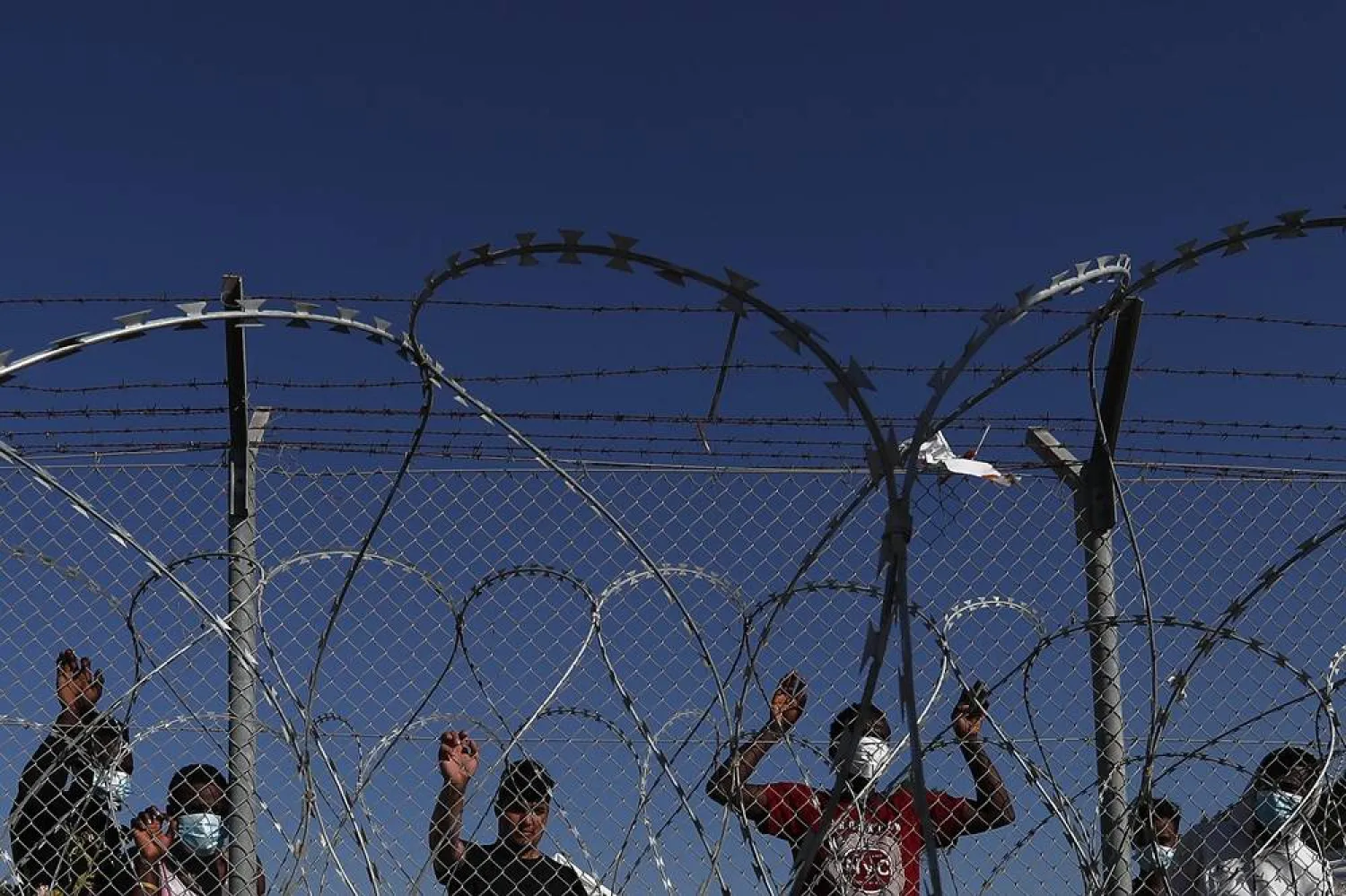Sudan’s new Sovereignty Council member, Salaheddin Adam Tour, said on Friday he was assigned his role under “extremely complex” circumstances and is waiting to officially take over his duties.
In an exclusive interview with the Arab World News Agency, Tour denied any existing peace plan between the Sudanese army and the Rapid Support Forces (RSF).
“There is no sign of peace yet,” he said. “However, the state has a comprehensive plan to achieve peace,” referring to the agreements from the “Jeddah Platform.”
Tour said he doesn't yet know which tasks he’ll be given, as this decision rests with the state.
Regarding his goals as a council member, Tour said: “We aim to improve living conditions and reduce the suffering of people in camps and those displaced abroad.”
“Our government is working hard to support the armed forces, restore stability in Sudan, and bring back refugees and displaced people forced to flee due to the war,” he added.
On Thursday, army chief General Abdel Fattah al-Burhan issued a decree appointing Tour to the Sovereignty Council, representing the Sudan Liberation Movement - Transitional Council (SLM-TC).
This appointment is part of the Juba Peace Agreement implementation.
On Friday, the Sudanese government reaffirmed its commitment to the Jeddah Declaration and international humanitarian law, emphasizing the protection of civilians.
It stated that the armed forces are dedicated to their constitutional role in defending the country and respecting international rules of engagement.
Sudan’s Foreign Ministry announced that the government will facilitate visas for UN personnel and humanitarian workers.
The ministry also pledged to work with the international community to ensure humanitarian aid reaches those in need, following national and UN guidelines.
Additionally, the ministry dismissed concerns about an imminent famine, citing reports from the UN’s Food and Agriculture Organization (FAO) and Sudan’s Ministry of Agriculture that confirm the country’s food reserves are sufficient to meet citizens’ needs.
Sudanese Sovereignty Council Member: Jeddah Platform Key for Peace

Representatives of the Sudanese conflict parties during the signing of the Jeddah Agreement in May 2023 (Reuters)

Sudanese Sovereignty Council Member: Jeddah Platform Key for Peace

Representatives of the Sudanese conflict parties during the signing of the Jeddah Agreement in May 2023 (Reuters)
لم تشترك بعد
انشئ حساباً خاصاً بك لتحصل على أخبار مخصصة لك ولتتمتع بخاصية حفظ المقالات وتتلقى نشراتنا البريدية المتنوعة





